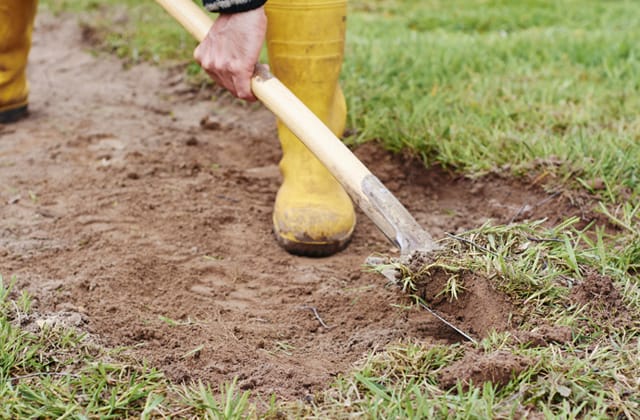Time for spring cleaning
Clean the yard thoroughly.
- Remove any burlap that you added to the trees and shrubs to protect them over the winter.
- Use a rake or leaf blower to collect any dead leaves that were trapped under the snow throughout the winter. Use yard waste bags to properly dispose of all the debris.
- Use a pressure washer to clean the home’s exterior. The recommended strength for either an electric- or a gas-powered pressure washer is 1200-3000 psi.
- Do a little experimenting on a corner of the siding, for example, to make sure the pressure is not too high to cause damage. Do not power wash window screens.



































